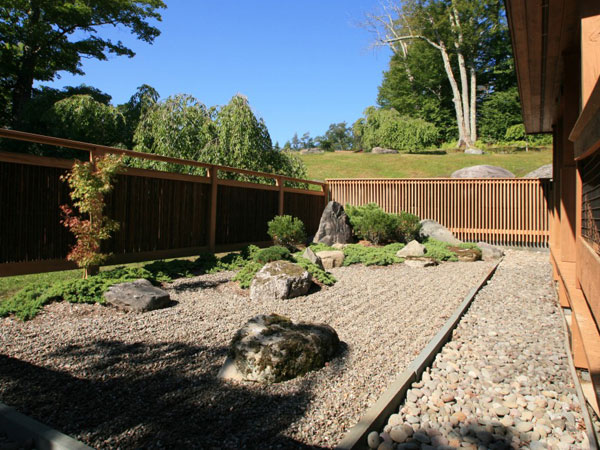Do you work at home and feel stressed and enprisoned? Your home should help you. I’d like to share some tips on how you could use it in creative ways to stay well while working at home.
I learned these tips over the years from two resources. One is my research on teleworkers and their space. Do you know why they are generally happy in spite of often long hours and solitude? It is because they are in control of their lives: They personalize the use of their time and space (Link to the book in Japanese. ) So personalizing your home according to your routines is key!
My other resource is on my research on Japanese spatial concepts and how they help your well-being. Let us see how these unexpected combinations can offer you tips o how to use your home to work at home, step by step.
1. Set your primary (but not the only) work station

First, choose your primary (but not the only) workspace and personalize it. To do so, you need to think about the nature of your work.
There are many ways to categorize your works, but I tend to divide them into “focus”, “communication”, and “collaboration.” If your work at home requires more “focus” than the other two, then your primary station must offer you a sense of privacy and quietness with walls and some soundproofing. Can you not have them at home? Be creative; teleworkers often choose a corner of cafes and sit towards the wall to attain them! Also, remember that this is only a part of your workspaces (see the next step.)
Then take your time to personalize your station so that you could be both comfortable and productive. Don’t feel guilty in taking this time; it is important since it improves both your health and productivity.
Adjust the height of your monitor, desk, and chair. The right posture makes you healthy and happier. Even if you don’t have ergonomic furniture, you can adjust what you have in creative ways (see one of the guidelines here). Place and store all you need nearby, perhaps by taking this chance to organize your home office.
2. Use your entire home to work at home
My second tip is not to hesitate to use your entire home. If your primary work station is for focusing, then chances are it does not fit for your other tasks. You also need a change of pace during the day when you constantly work at home.
Try to scatter or allocate different tasks to different spaces at home. Veteran teleworkers, for example, often work on their kitchen counter for less intensive tasks, even if they have a home office.
Remember “commuting in corona time” map, shared by many at the beginning of stay-at-home orders? It is wonderful not only for its excellent sense of humor but also for representing the human body’s necessity to occupy a certain amount of space and to move around even when you work at home.

3. Use elements on your circuits to slow you down for mindfulness
The next step is to think about the space between your different workspace. What kind of space do you pass between your office and the kitchen? How do you behave on that path?
You might think these are odd questions. How could the in-between space important? It is because our mind tends to run ahead of us, leaving our actual self MINDLESS. When you are mindless, you are in autopilot mode and work based on the predetermined rules, therefore not creative or flexible (Yeganeh 2007).
So the in-between space had better slow you down to keep or regain your mind with you, to be mindful and creative when you actually reach to the next work station. How could you do that? Japanese gardens are excellent examples. There, you see many spatial tricks to slow you down when traveling (called Michiyuki) such as stepping stones, gates, and narrow path.

How do you replicate these Japanese garden tricks when you work at home? There are many things you already have and could use. One is a window. If it is a large one, place a small chair in front of it to remind you that you could go there to see outside, even if you do not do so at that moment. If it is a tiny one close to the ceiling, paint its frame with your favorite color so you will lookup.
Plants and arts are useful, too. Place them and highlight them not only in your primary station but also in hallways. You may think that “my hallway is too narrow for that!” But actually, narrowness is good. It slows you down (you cannot run through in tight space). So perhaps changing the light to the warm spotlight will make it a pleasant slow path.

Please follow these steps to take advantage of your home to be well and creative when you work at home. There are actually more elements/steps such as privacy that are important. I mean to write about them soon as a sequence. So please stay tuned!


